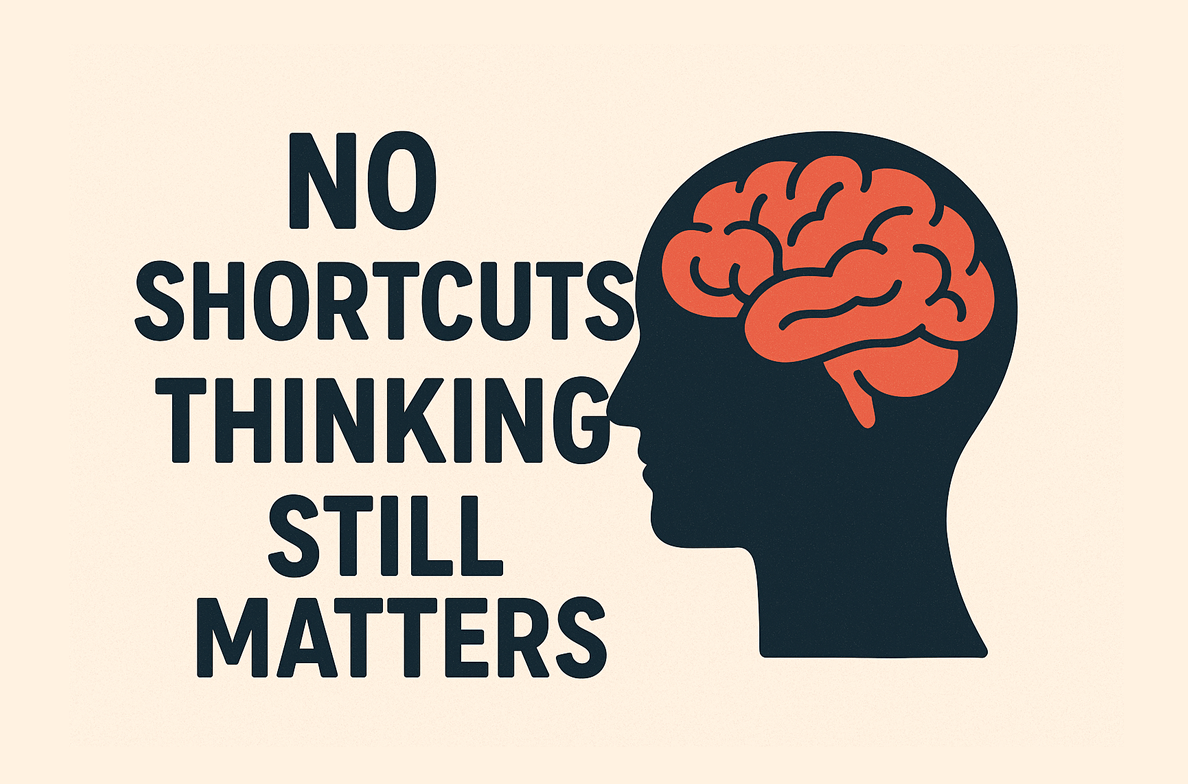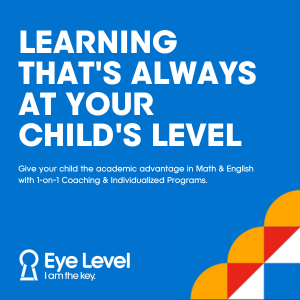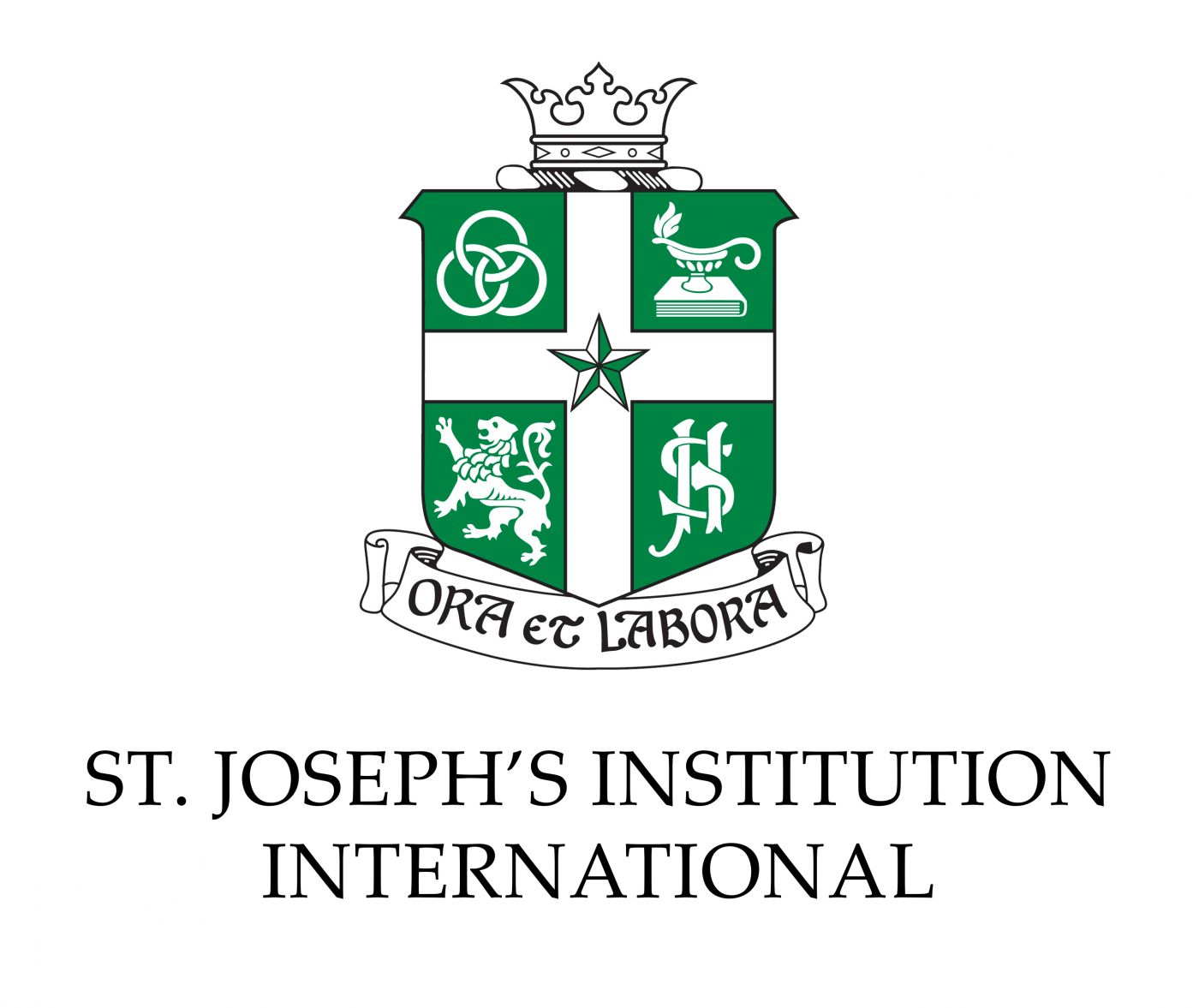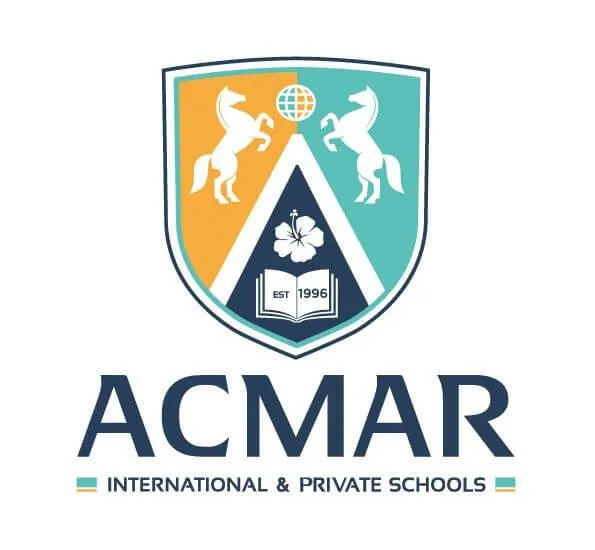The British Curriculum, also known as the English National Curriculum and the UK Curriculum, is customary in most schools in England and Wales. The British Curriculum syllabus is a set of subjects and standards used by early years, primary and secondary schools.
Students in schools that follow the British Curriculum follow a well-structured and coherent progression to learning from early childhood to university entrance through various stages. The syllabus leads to the General Certificate of Secondary Education (GCSE) or its international equivalent, IGCSE, examinations at the end of secondary school. At the pre-university level, students commonly sit for the A Level. Both of these qualifications are much-admired by universities and employers around the world.
Structure and Format
The British Curriculum is sectioned into blocks of years called 'Key Stages' (KS). Students will then be formally assessed at the end of each Key Stage.
The Foundation Stage starts in the early years (ages 2 to 5), where learning is play-based. Children acquire their first understanding of numeracy and literacy through active, playful activities. By the end of the early years, most children would have acquired basic reading and number skills and a grounding in a second language.
In primary school, KSl (ages 5 to 7) and KS2 (ages 7 to 11) the focus is on learning good fundamental mathematics and English language skills. Science, technology, humanities and art are covered as multidisciplinary topics and through projects. Within primary school, students may choose to sit two national exams called SATS in Year 2 and Year 6.
The curriculum in KS3 lower secondary (ages 11 to 14) is more subject-based and aims at building the student’s ability to work independently and to think critically. At this stage, the emphasis is on exposing them to opportunities in a wide range of subjects so that they can start thinking about where their academic interests lie.
Upper secondary students in KS4 work towards their GCSE examinations (ages 14 to 16) and A Level exams or IB diplomas (ages 16 to 18). At GCSE, students study English, Maths, and Science plus an additional four or five subjects from a selection. At A Level, students specialise further and choose three or four subjects from a range
Aim
The British Curriculum’s syllabus is child-centred and personalised. Teachers often plan lessons with differentiated outcomes, allowing for a range of achievements. This allows teachers to match each lesson as closely as possible to individual needs whilst providing enough range for pupils to reach their full academic potential. The emphasis is on learning to think critically and independently rather than simply learning facts.
As the curriculum covers many subject areas, students are encouraged to focus on the subjects they are good at while receiving support in subjects they find difficult. They are also taught to memorise facts and gain a deeper understanding of what they are learning.
Subjects Covered
Various core and compulsory subjects depend on the school year, but many schools go beyond the standard requirements and teach complementary subjects.
The subjects that are compulsory for students to take are:
- Mathematics
- English
- Science
- Design and Technology
- History
- Geography
- Art and Design
- Music
- Physical Education
- Computing
- Ancient and Modern Foreign Languages
Co-curricular Programs
Schools based on the British curriculum offer and highly encourage students to participate in extracurricular activities to develop their skills and interests outside of the classroom.
Some co-curricular activities that are offered in British-based international schools are:
- Table tennis
- LGEO Club
- Zumba
- Dance Club
- Violin/Guitar/Drum Club
Benefits
1. Globally known system
The British Curriculum is among the most widely taught educational system globally. It is student-centred and well-balanced, providing a comprehensive understanding of the subject matter. Students are evaluated regularly according to the benchmarks set that translate to their readiness for the upcoming Key Stage.
2. Balanced focus
The British Curriculum organises learning in a way that guides students through a wide range of subjects, including not only "core" subjects like math, science, and literature, but also the arts, humanities, and others. Beginning with the fundamentals of their subjects, students progress through the curriculum, exploring the more nuanced and intricate aspects of the subjects and how they are associated with other areas of study.
3. Defined progression stage
The British Curriculum is organised based on Key Stages that are planned comprehensively based on the learner’s age. Students are then assessed at the end of each Key Stage provided by teachers and the results obtained determines their readiness in progressing to the next stage. Additionally, each Key Stage examination's results help teachers curate solutions that will help their students achieve their desired academic goals.
4, Growth beyond the classroom
Even though academics play a huge role in the British curriculum, students have the chance to pursue their passions and interests in extracurricular activities such as sports and music. Students are also encouraged to develop skills in debating, discussing, questioning and problem-solving, which are important skills that will help greatly in university and the workplace.


































